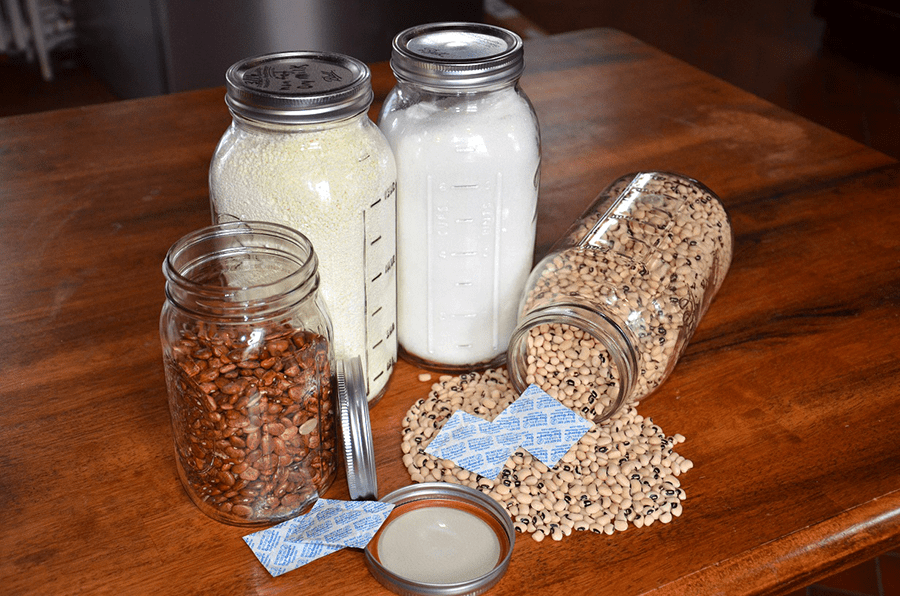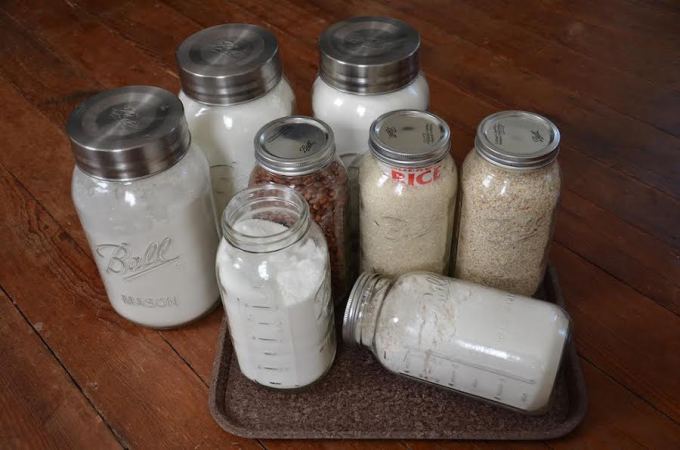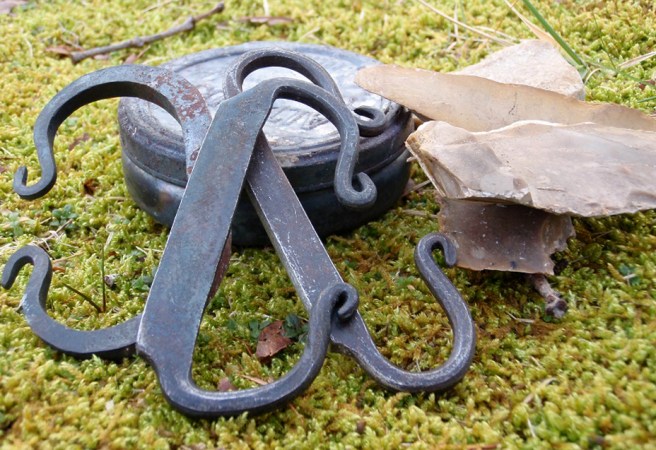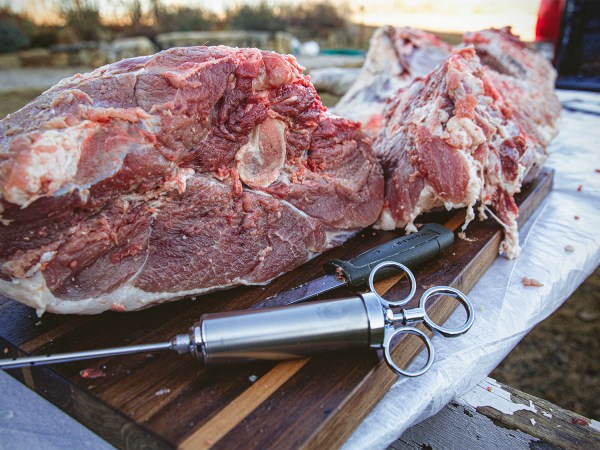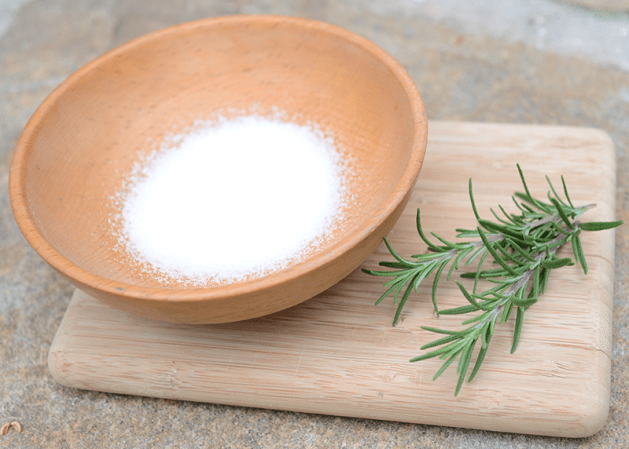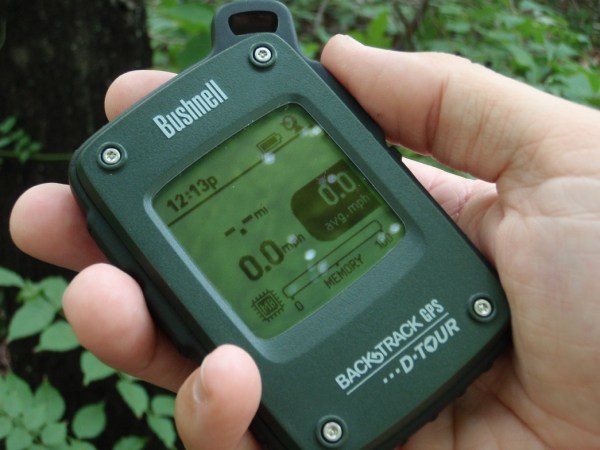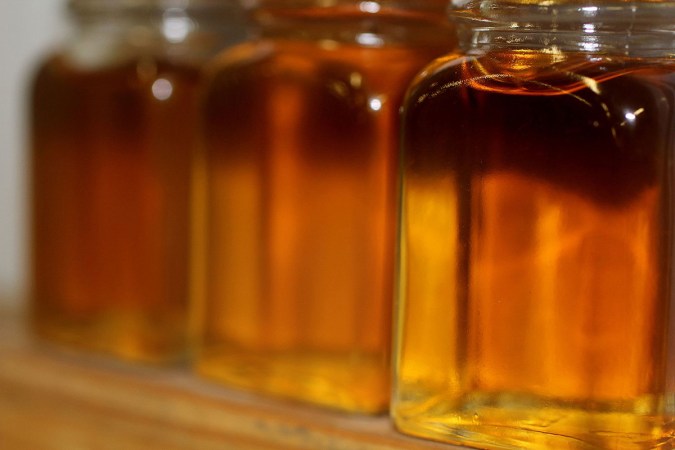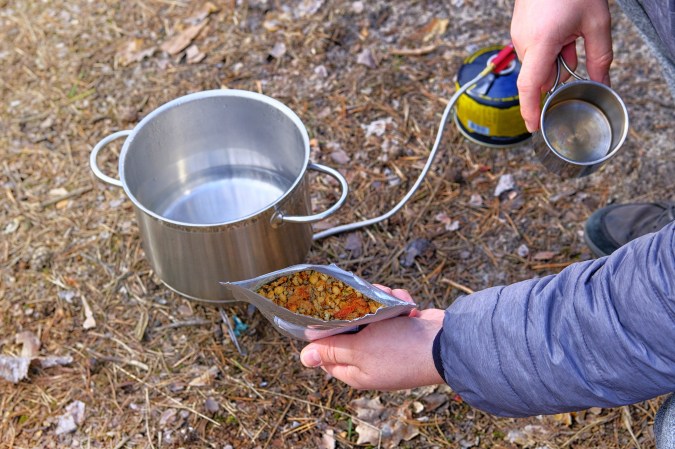Canning jars aren’t just a great way to store wet foods that have been water-bath or pressure canned. They also make airtight, rodent- and insect-proof containers for storing your dry goods. Here’s how to keep your dry goods fresh and pest-free.
Set It Up
Start by ordering 100cc oxygen absorbers. Larger O2 absorbers (500cc to 2000cc sizes) are commonly available through emergency preparedness retailers, but the 100cc size allows you to parcel out the right amount of product for different jar sizes. I bought a large box through Uline supply company. Next, purchase canning jars with lids and rings. Wash and dry the jars and lids. Make sure they are completely dry before adding your dry foods. Also, inspect the mouths of the jars to ensure they are smooth and free of chips, cracks and malformations. Any oddities in the jar mouth can break your seal.
Once your foods are selected and the jars pass inspection, fill each jar and use a cloth to wipe the jar mouth to remove any dust or food particles. Leave about an inch of space in the jars for your absorbers. Add an O2 absorber (or several to match the volume of the jar—see below), place the lid on top, and screw the ring on tightly. As the oxygen absorber does its work, the jar lid should draw down from the vacuum inside. The atmosphere contains about 21% oxygen, 78% nitrogen, and 1% other gases. If the O2 absorber is sized right for the container, it should remove 99% of the oxygen and leave behind nitrogen and a slight vacuum—the perfect condition for food storage. It’s not unusual for foods to last two decades or more with this technique.
1-Quart jars need 1 100cc packet
½-Gallon jars need 2 100cc packets
1-Gallon jars need 4 100cc packets
What to Store
The following foods are great candidates for long-term storage in jars. Keep them in a cool, dry, and dark place. Darkness is the key, though, since light damages food.
- Rice, corn, wheat, barley, oats, and other food grains
- Dried beans, peas, lentils, and other legumes
- Flour, cornmeal, grits, cream of wheat, baking mixes and other milled staple food items
- Non-fat powdered milk
- Pasta (couscous and spaghetti pack down better than noodles with crazy shapes)
What Not to Store
Not all foodstuffs are suitable for low-oxygen vacuum storage. Some turn into a brick that you’d have to chisel from the jar. Others need oxygen to stay alive (like yeast). Don’t use an O2 absorber with the following items:
- Sugar and salt—don’t need it and they turn into a hard mass.
- Honey—doesn’t need it and the O2 pack will just sink.
- Yeast—needs a little oxygen to stay alive.
Have you tried this method? Do you store food for emergencies? Tell us your strategies by leaving a comment.
